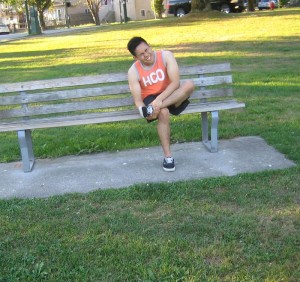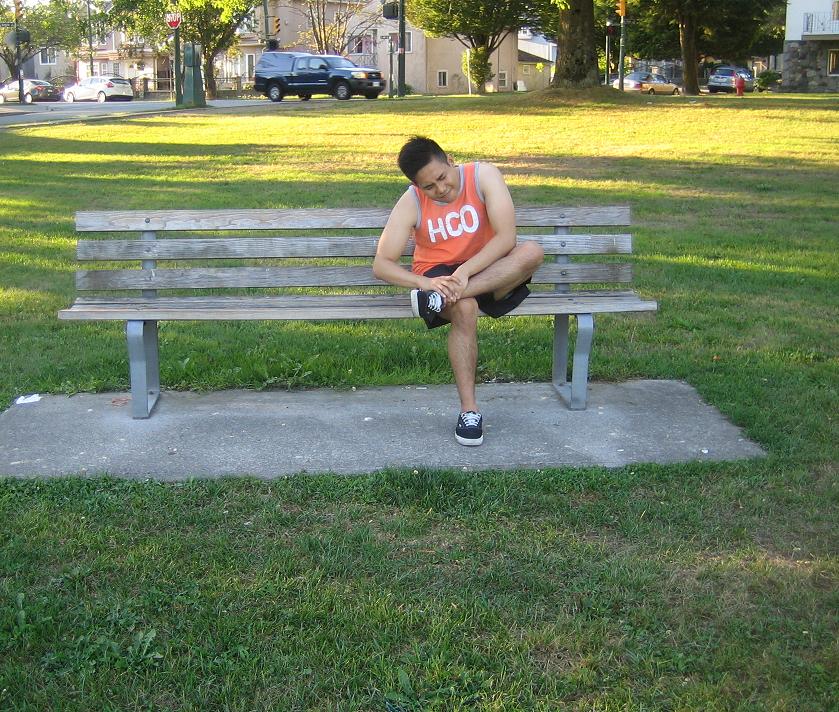A pinch nerve in the ankle is also called tarsal tunnel syndrome and has similarities with carpal tunnel syndrome which also happens in the joint of the wrist. In tarsal tunnel syndrome, there is pinching of the tibial nerve when it passes from the tarsal tunnel. It causes a sensation of tingling and numbness felt in the foot and toes.
Inside of the foot below the ankle bone is the tarsal tunnel, it has bundle of fibers that are made up of tendons, arteries and nerves. When there is compression of these areas, it can cause irritation within the tibial nerve that will result to numerous sensations along the inside and bottom part of the foot. In addition, there is also numbness, burning, tingling and pain. A pinched ankle nerve causes severe pain and movement of the ankle becomes weak.
A pinched nerve in the ankle can be caused by trauma due to repetitive movements as well as arthritis.
Symptoms
- A feeling of numbness and tingling sensations in the foot and toes.
- Pain in the ankle becomes worse during night time and the affected person has difficulty sleeping.

A feeling of numbness and tingling sensations in the foot and toes. - Because of pain, there is difficulty in walking and puts the individual at risk for leg injury.
- The pain can be aching and burning type and localizes on the ankle or can spread further down in the heel, toes and the foot.
- There is weakness of the joint of the ankle and sometimes make the affected person not capable of walking properly and not capable of standing for a long time due to pain and weakness.
Treatment of a pinched nerve in the ankle
- Take plenty of rest especially the affected area.
- Take a prescribed anti-inflammatory medication helps lessen pain and inflammation caused by tarsal tunnel syndrome.
- In the early stage of the injury, soak the foot in warm water for a few minutes to minimize the pain.
- Wear an ankle brace in order to provide support and stability while walking.
- Ice the area at least 20 minutes at a time for several times every day to minimize the inflammation and pain.
- Wrap the ankle and the arch of the foot using an elastic bandage to immobilize the area and limit movements. Avoid wrapping it too tight since it will disrupt the circulation of blood in the area.
- Elevate and rest the foot above the level of the heart since it also helps lessen inflammation and pain. It also promotes fast healing of the condition.
- Wear shoe inserts since it helps support the arch and correct improper movement of the foot that caused the compression.
- Seek the help of a physical therapist for specific exercises that helps improve the flexibility and strength of the affected ankle.
FACT CHECK
https://www.medicalnewstoday.com/articles/320045.php
https://www.mayoclinic.org/diseases-conditions/pinched-nerve/symptoms-causes/syc-20354746
https://www.epainassist.com/joint-pain/ankle-pain/pinched-nerve-in-ankle
